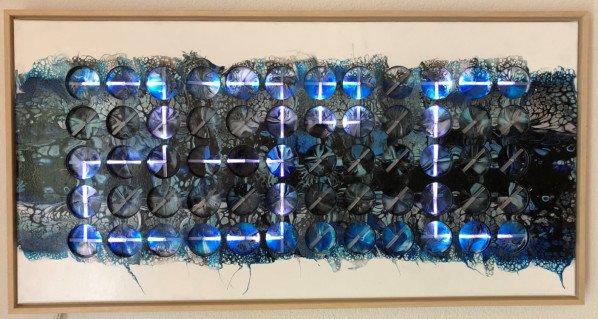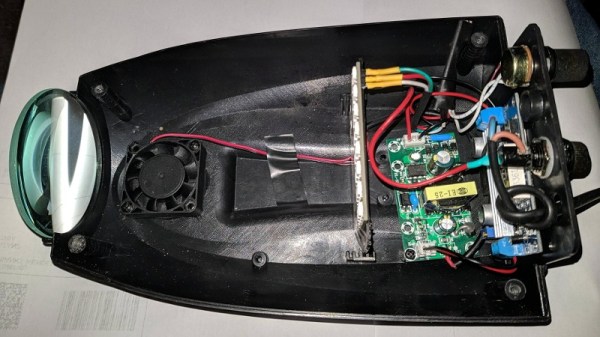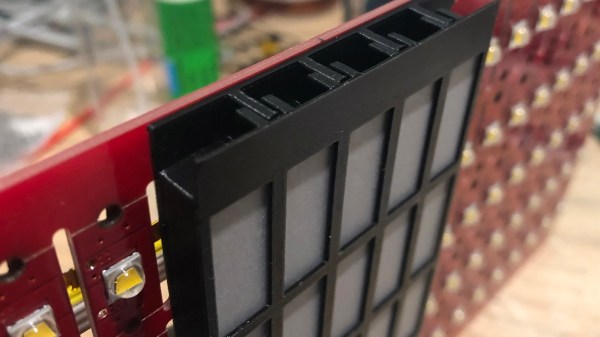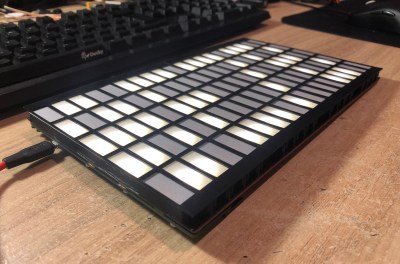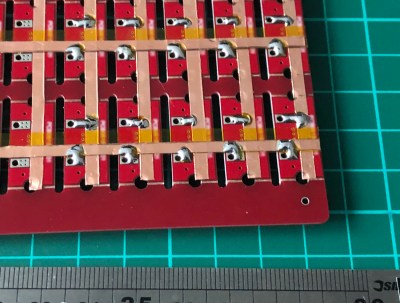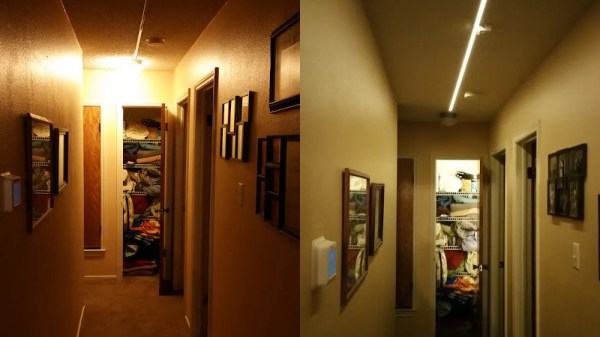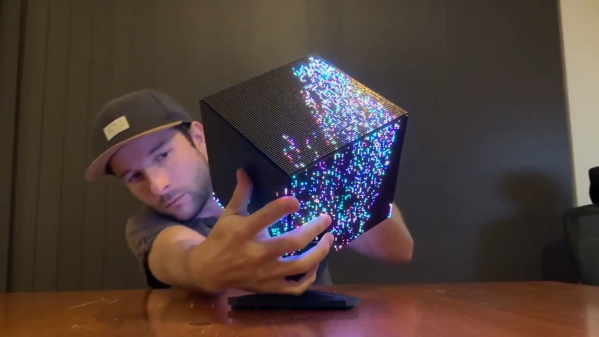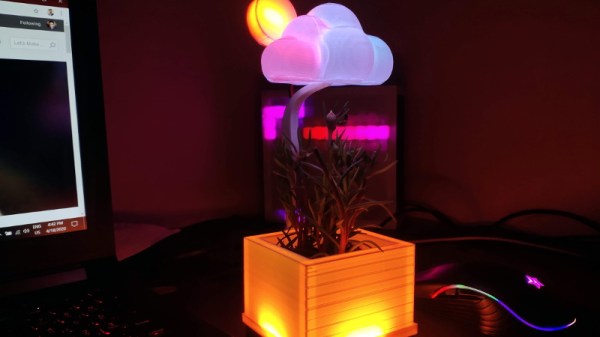In May of this year, [Erich Styger] shows his project called “60 Billion Lights” off to the world. Now he has published an update on the making of this impressive work of art. As a quick recap, “60 Billion Lights” is a canvas art piece, which has 60 dual shaft stepper motors integrated into it. Each stepper motor has forty 24-bit RGB LEDs, making for a total of 60 billion position and light combinations on the entire canvas.
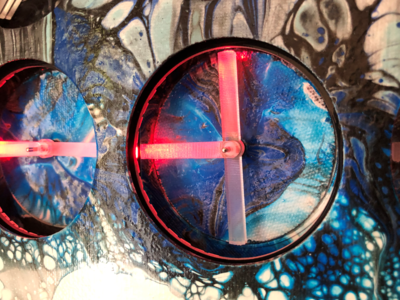 With the dual shaft stepper motors, one can control the position of laser-cut acrylic rods inside each of the forty depressions that make up a unit. Each unit has its WS2812B LEDs positioned around the inside edge.
With the dual shaft stepper motors, one can control the position of laser-cut acrylic rods inside each of the forty depressions that make up a unit. Each unit has its WS2812B LEDs positioned around the inside edge.
As the embedded video (after the break) shows, it can be used to create a wide variety of effects. The whole of it is driven by 15 controller boards that run FreeRTOS on an NXP LPC845 (Cortex-M0+), connected via RS-485.
In the ‘Making Of’ video (embedded after the break) and article, more details are shown of the individual components, including the dual shaft stepper motors, stepper motor PCBs, the LED ring PCBs, and countless images of the construction, painting and assembly.
If the original article gave one the impression that this was an easy project, it is this behind the scenes look that gives one a good impression of the full scale. From the countless PCBs, controller boards, wiring, programming to the assembly and testing. Not to mention the painting of the canvas itself, which is an original work.
Continue reading “A Look Behind The Canvas Of The “60 Billion Lights” Project”

